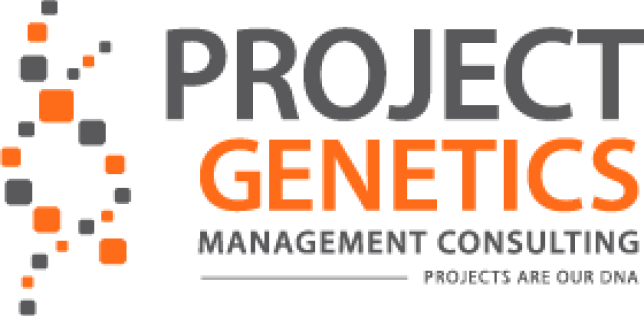On today’s show we talk about aligning your organization to accelerate your strategic goals.
Nishika de Rosairo is a serial entrepreneur and leader who has spent the last 18 years focused on two key things – people and impact in organizations ranging from Deloitte Consulting to Apple, Cisco, Salesforce, Levi, and others, to the startups of Silicon Valley. On a mission to unlock the human potential of the world, she founded HumanQ to address the pain points felt by both individuals and organizations in having access to the right development opportunities.
Dualing as an artist, having extensively lived on 4 continents and traveled to 65+ countries, she approaches solutions with a unique perspective that focuses on the trifecta of how individuals, organizations, and societies can all win when workforces are developed and unlocked with the future in mind.
Key Takeaways
Where are the building blocks for alignment?
• Small companies are usually aligned, but as companies grow, they become more siloed and misaligned.
• As companies grow, leaders need to ask where do people need to be aligned. Think of a flow of birds, they fly in a V – they drive the momentum of the v together throughout their journey.
What are some tips for organizational alignment?
• Don’t overcomplicate it. Provide good information that’s easy to understand.
• Build an employee purpose driven company. Individuals are the base layer, and they should receive the most investment from the company.
How does a leader begin to unlock potential in their organization?
• Start with strategic priorities. Are your people equipped to fulfill the company’s charter?
• Initiate a discovery session to ask key questions.
• Work with a leadership coach to challenge your mental paradigms.
How do you approach organizations losing alignment because they are doing too much at one time?
It’s about focused attention. It’s one thing to take an action and have it result in one outcome, it’s another to take an action and have it result in many outcomes. The latter is a mindset change to increase capacity in an individual.
What are the things that stand in the way of unlocking potential of an individual.
• Company culture and the sense of psychological safety – Do employees feel comfortable sharing ideas no matter how wild? Do they feel they have the opportunity to fail?
• Leaders cannot be everything to everyone, so it’s important organizations invest in employees with a growth mindset who can coach themselves and others as well.
• Don’t be tied to old practices. Is there a new and better way to do something? Always be open to be inspired to change things up.
Any advice for how to change soft skills?
• Know the difference between training versus coaching. Coaching helps to change thinking. Also, consider the benefits of group versus individual coaching. The right type of development is key to change.
• It’s all about keeping up the momentum of change with ongoing coaching and learning activities. Think of coaching like tuning a piano…you must tune it regularly to have the piano work properly.
What does group coaching look like?
• No longer than one hour to keep people’s attention. Call this the “golden hour.”
• Utilize assessments to track metrics.
• Create one action item people can walk away with.
How do you create an environment of psychological safety in these groups?
It’s the coach’s responsibility to create a safe environment with the methodology and science they bring to the group. The group must be able to trust the coach fully to embrace transformation.
What are some myths are coaching?
• From the employee, coaching is only for when you aren’t performing well. However, it can be a regular activity that’s positive and transformational. From a leadership perspective, HR is seen as a slow-moving administrative support function. Instead, HR can be a more dynamic and innovative function of the organization that challenges existing models- i.e., LMS.
Within coaching, how long until a leader will see results from their team?
• 6 weeks but want to keep going for 12 months.
• Constant momentum is important (again, like tuning a piano). The biggest mistake is to approach coaching as one and done.
Do you ever deal with resistance to coaching?
• Not if you create excitement around coaching experience beforehand and communicating about the intentions of the coaching.
• The coach’s goal is to get people on board, so a good coach will work through any resistance.
Top Takeaways:
• Challenge your way of thinking around development and what it really takes to win as a company.
• Question what has worked in the past to see what could increase your ROI and realize your organizational charter.
How to connect with Nishika:
Website: www.HumanQ.com
Email: Nishika@humanq.com
LinkedIn: https://www.linkedin.com/in/nishikaderosairo/



